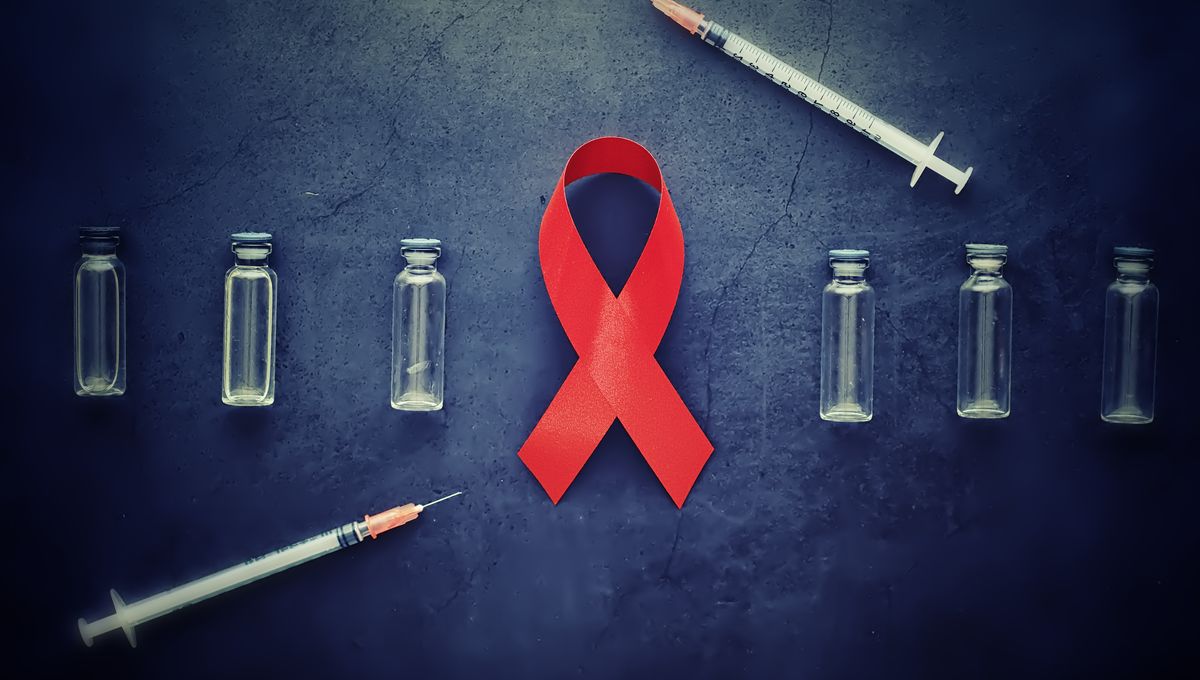
A breakthrough HIV drug, touted as the “closest thing we have to a vaccine”, could be produced for 1,000 times less than its current cost, according to new research. Right now, a full first-year course of the treatment costs an eye-watering $42,250 per patient, but one analysis suggests that could be slashed to just $40.
Developing a vaccine for HIV has long been a top priority in infectious disease research, but it’s proven difficult. While the ultimate preventative remains just out of reach, the advent of PrEP (pre-exposure prophylaxis) has provided a new way for people to protect themselves, and treatment for the infection has progressed tremendously in recent decades.
Perhaps most notably of all, we now know that when a HIV-positive person’s viral load becomes undetectable, thanks to antiretroviral drugs, they can no longer pass the infection on to others.
The drive for new and improved HIV treatments aims to help as many people as possible achieve this undetectable status. An exciting recent breakthrough was the approval of lenacapavir, marketed as Sunlenca by US pharma company Gilead Sciences, Inc. Administered as an injection, the treatment only needs to be repeated every six months, a far cry from the daily cocktail of pills that many HIV-positive people will be familiar with.
And it works. Lenacapavir is currently approved by the US Food and Drug Administration (FDA) as a treatment in cases where other HIV drugs have failed or are unsuitable, but recent trials are also showing its promise as a potential alternative to PrEP.
“You’ve got an injection somebody could have every six months and not get HIV. That’s as close as we’ve ever been to an HIV vaccine,” Dr Andrew Hill of the University of Liverpool told The Guardian.
A clinical trial focusing on historically underrepresented groups in HIV research – cisgender women and injectable drug users – was announced earlier this year, and in the meantime, the results of a trial in 5,000 people in Uganda and South Africa were just reported by Gilead. As one of the principal investigators, Dr Linda-Gail Bekker, said in an interview for The Conversation, “There was 100 percent efficacy.”
Six-monthly lenacapavir injections outperformed two currently approved forms of PrEP in the young women included in the trial, without the challenges that can come with having to take a pill every day.
“For a young woman who struggles to get to an appointment at a clinic in a town or who can’t keep pills without facing stigma or violence,” Dr Bekker explained, “an injection just twice a year is the option that could keep her free of HIV.”
The downside to all this? It’s expensive. The first year of lenacapavir treatment currently costs in excess of $42,000 per patient. Some scientists and campaigners are now saying that it doesn’t have to be this way.
According to research conducted by Dr Hill and colleagues and presented at a recent conference, the minimum price for a mass-produced generic version of lenacapavir, following the same ingredients and manufacturing process, would be $40 per patient, based on a profit of 30 percent and 10 million annual users. In reality, they suggest that up to 60 million people a year would need to take the drug to have a marked impact on HIV spread.
The research team and campaigners are calling for Gilead to allow generic licensing in low- and middle-income countries, where the vast majority of new HIV infections arise, through a UN-backed project called the Medicines Patent Pool, which has already signed agreements with the patent holders of 13 HIV drugs.
In a statement released after the results of the Uganda and South Africa trial were revealed, Gilead stressed that the use of lenacapavir to prevent HIV was still investigational, but that they were “prioritizing speed to enable the most efficient path for the regulatory approval of twice-yearly lenacapavir for PrEP in countries that account for most of the global disease burden.”
“You have a miracle tool that could transform access for gay men, trans people, sex workers, for young women in Africa who could be freed from the stigma and fear of being attacked just for being seen swallowing tablets,” said UNAIDS executive director Winnie Byanyima in a direct plea to Gilead at the conference, as reported by Pharmaceutical Technology.
“Right now, Gilead, lenacapavir is priced for rich countries – this inequality never served us well in HIV response.”
The study was presented at the 25th International Aids Conference.
Source Link: HIV Drug That Is “Closest Thing” We Have To A Vaccine Could Be Made 1,000 Times Cheaper